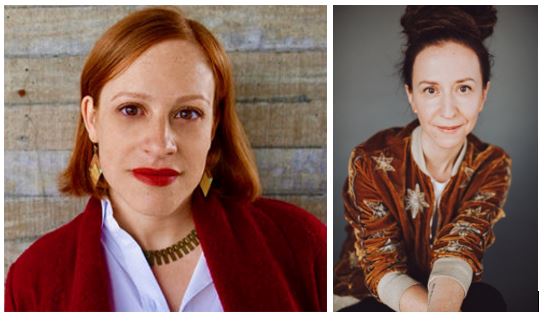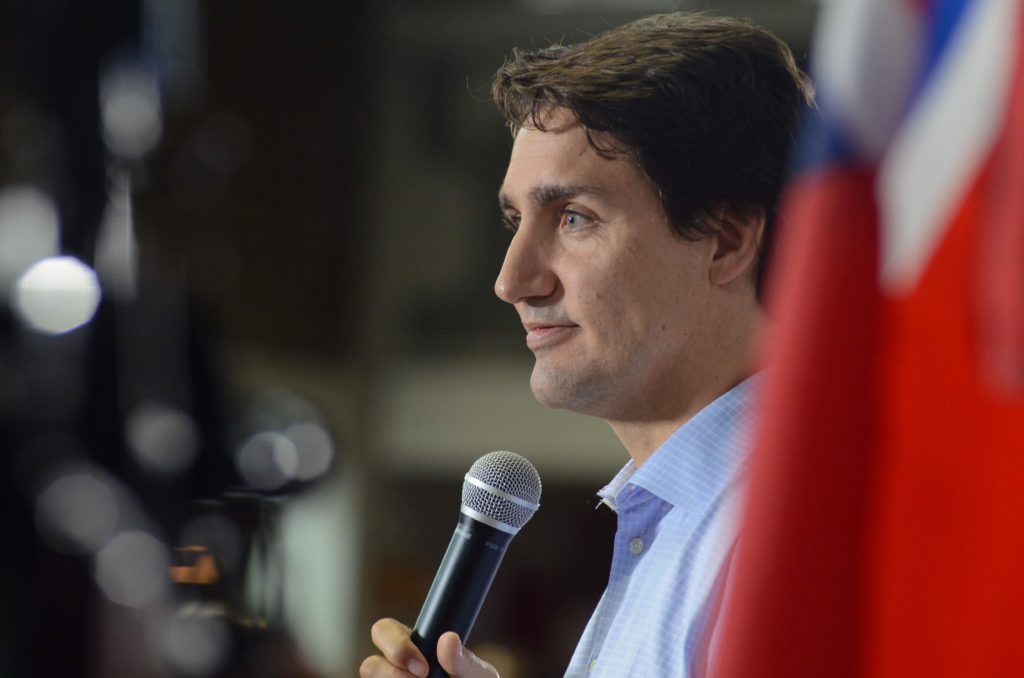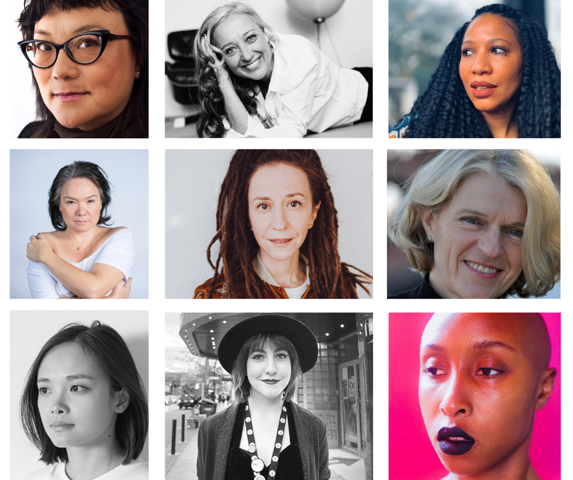Two artists and scholars in the School of the Arts, Media, Performance and Design respond to the coronavirus and remind us of how important the arts are to society, especially in these unparalleled times. What sector, other than the arts, could reflect so powerfully on the pandemic’s impact on our collective soul?
Last March, the dean of the School of the Arts, Media, Performance & Design (AMPD) at York University, Sarah Bay-Cheng, penned an influential article in the Globe & Mail that argued for the arts and cultural organizations as a source of relief, or balm, in times of crisis.
The original contributions of two AMPD academics epitomize this idea and, in doing so, further underscore the value and unique contribution of the arts and culture in our society. Indeed, Professors Laura Levin (Theatre Studies) and Ingrid Veninger (Cinema and Media Arts) remind us of how important the arts are, particularly in this extraordinary era where the uncertainty of the COVID-19 pandemic looms over every aspect of life.

Performances of politicians during the crisis offer key insights
Levin, former director of Sensorium: Centre for Digital Arts & Technology and associate dean, Research in AMPD, focuses our attention on a significant aspect of COVID-19: the performance of political leaders during the pandemic.
“Leaders have podiums or stages like no one else, and they can use them to model the collective responsibility, care and cooperation needed to prevent community spread and overburdening of the health care system,” she explains.
Levin, currently writing a book on performing politicians, examines how a leader’s performance contributes to collective action in terms of uniting, galvanizing or motivating communities. She believes that this kind of theatricality is becoming increasingly vital as a means of understanding our political leaders.
Trudeau and other world leaders set stage for collective responsibility
Levin looks closely at performance strategies used by Prime Minister Justin Trudeau, alongside the empathetic crisis leadership of other politicians, like New Zealand’s Prime Minister Jacinda Ardern. “One of the most effective ways Trudeau models this collective responsibility is by breaking the fourth wall and speaking directly to viewers watching his press conferences from home. Here, he asks members of the public to see themselves as part of a collective ‘we’ and reminds them that they, too, can play a role,” she explains. “Trudeau looks straight at the camera and says things like, ‘The strength of our country is our capacity to come together and care for each other, especially in times of need. So call your friends. Check in with your family. Think of your community.’”

In these moments, Levin emphasizes, leadership is envisioned not as a top-down role performed by government officials, but rather as a distributed, community-led action.
“It allows us to see how we as citizens can collectively assume leadership within our local communities and be part of the solution,” she says.
ONE(NINE) Project unites women filmmakers from around the world
When COVID-19 began in early spring, 2020, filmmaker Veninger, whom the Globe & Mail once dubbed “the queen of DIY of Canadian filmmaking,” halted all planned creative ventures, most notably her eighth feature film. She switched gears to embark on a highly collaborative piece that focused on isolation during the pandemic.
She reached out to women filmmakers around the world – some of whom she knew, others were strangers – to bring together a group that would represent a diverse set of voices, styles and strengths, and, very quickly, the ONE(NINE) Project took shape. The title refers to nine filmmakers, isolating in different parts of the world, coming together to collaborate on a feature film.
Veninger was joined by international filmmakers Isa Benn, Jennifer Podemski, Slater Jewell-Kemker and Mina Shum from Canada; Lydia Zimmermann from Spain; Carmen Sangion from South Africa, Shengze Zhu from China; and Dorothee Wenner from Germany.

The mandate was straightforward: with complete creative freedom, make a film with whatever and whomever you have with you in isolation. This is very much in keeping with Veninger’s oeuvre as community and family have always been at the core of her work. “The aspiration for this project was to make something collectively that would be impossible to make individually,” she explains.
From there, Veninger would stitch the short films, like chapters, together to make a larger narrative. The process sounds reminiscent of concept albums where words, objects and emotions are woven throughout the work.
The schedule unfolded rapidly. The filmmakers filmed in April and May, the editing and sound design took place remotely in June and July, with final completion in Toronto at Deluxe post-production. Delivery was expected for August 2020 with the aim of submitting to film festivals in the fall.
Hopes the film will inspire others in uncertain times
Veninger was inspired and challenged by the process. “We fostered ideas originating from a place of deep respect, trust, listening and dialogue to generate something of value to our greater communities,” she says.
She hopes the project will fuel different kinds of co-creation endeavours in the future. “Many of us have faced this uncertain time as an opportunity to learn and innovate new pathways for creative production. In this collaborative feature film project, we embraced our limitations, which informed how we told our stories, and that hands-on DIY approach will live in the result and reflect how an audience might experience the work as authentic and true, which in turn mirrors the process,” she elaborates.
To read the Globe & Mail piece, visit the website. To read a related YFile article, click here. To listen to a CBC interview with Veninger, visit the website. To read the Dolce magazine interview with Levin, visit the website. To learn more about Levin, visit her Faculty Profile Page. To learn more about Veninger, see her Faculty Profile Page.
To learn more about Research & Innovation at York, follow us at @YUResearch; watch our new video, which profiles current research strengths and areas of opportunity, such as Artificial Intelligence and Indigenous futurities; and see the snapshot infographic, a glimpse of the year’s successes.
By Megan Mueller, senior manager, Research Communications, Office of the Vice-President Research & Innovation, York University, muellerm@yorku.ca
